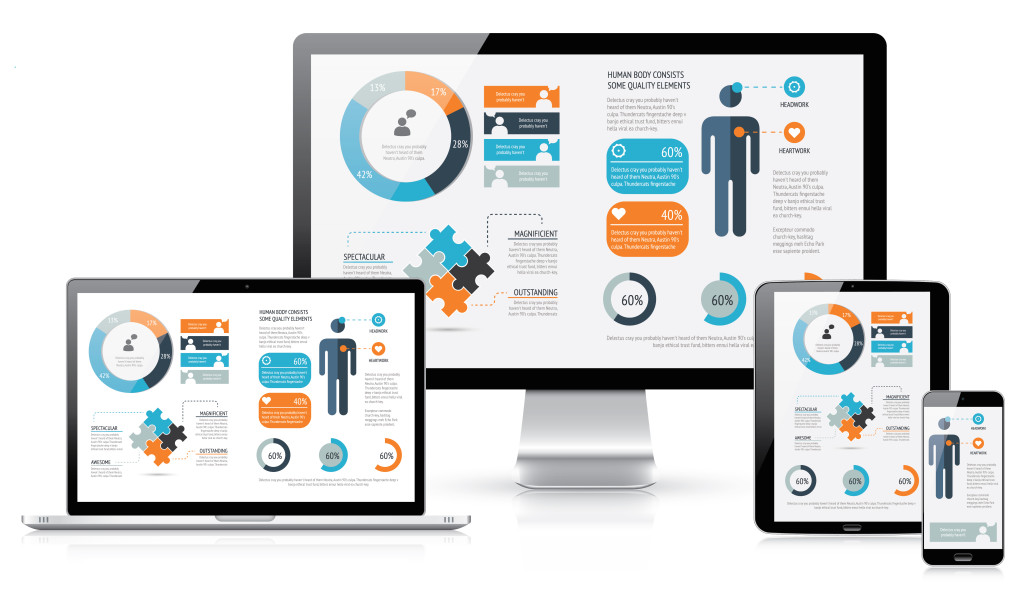Exploring Ingenious Trends in Web Design Pretoria for 2024
Exploring Ingenious Trends in Web Design Pretoria for 2024
Blog Article
Best Practices for Developing User-Friendly Website Design
In the ever-evolving landscape of website design, developing a straightforward interface is extremely important for involving target markets and driving conversions. Key practices such as simplifying navigation, maximizing for mobile tools, and enhancing filling speed play a crucial role in this procedure. The significance of constant layout components and focusing on accessibility can not be overemphasized. As we discover these foundational concepts, it becomes clear that reliable individual experience design not only fulfills user expectations yet also sets the stage for much deeper involvement. Discovering the nuances of each practice can result in considerable enhancements in general internet effectiveness.
Simplify Navigating
A structured navigating system is essential for boosting customer experience on any type of site. Efficient navigating permits individuals to find the info they seek rapidly and effortlessly, consequently reducing frustration and enhancing the possibility of involvement. A clear format that categorizes web content rationally is paramount; users ought to intuitively recognize where to click for certain details.
Using a basic high-level navigation bar, matched by drop-down food selections for subcategories, aids in keeping an arranged structure. It is crucial to restrict the variety of major navigation links to avoid frustrating users; commonly, 5 to seven alternatives are optimal. Additionally, employing descriptive tags improves clearness, enabling users to recognize the material of each section at a look.
Integrating a search function even more enriches the navigating experience, especially for content-rich sites. This attribute empowers individuals to bypass conventional navigating courses when trying to find particular info. Moreover, consistent design components throughout all web pages enhance knowledge, enabling customers to browse with self-confidence.
Maximize for Mobile

Firstly, take on a responsive layout strategy that immediately adjusts the format and web content based upon the screen size. This versatility makes certain that individuals have a regular experience across gadgets. Next, focus on touch-friendly user interfaces by ensuring buttons and links are conveniently clickable, decreasing the requirement for zooming.
Additionally, consider the significance of concise material presentation. Mobile users usually look for fast info, so using methods like collapsible food selections or accordions can improve usability without overwhelming the individual. Furthermore, guarantee that typefaces are clear, and picture dimensions are enhanced for faster loading.
Last but not least, examination your web site on different smart phones and running systems to recognize possible issues. By resolving these components, you will certainly produce an instinctive mobile experience that maintains customers engaged and encourages them to explore your offerings even more - Web Design Pretoria. Prioritizing mobile optimization is important for attaining an user-friendly web layout in a significantly mobile-centric world
Enhance Loading Speed
Packing rate is a crucial variable that can significantly impact customer fulfillment and interaction on a website. Research studies show that customers expect web pages to fill in two secs or much less; beyond this limit, the possibility of desertion raises drastically. For that reason, enhancing loading speed is vital for preserving visitors and boosting general website performance.
To improve packing rate, several best practices must be implemented. Maximize images by pressing them without sacrificing quality, which can significantly lower documents sizes. Furthermore, take advantage of internet browser caching to keep copies of click for more files in your area, making it possible for faster load times for returning visitors. Minifying CSS, JavaScript, and HTML files can additionally help by eliminating unnecessary personalities and spaces, therefore decreasing the amount of code that requires to be refined.

Usage Constant Design Components
Establishing a natural aesthetic identification is vital for enhancing user experience on a site. Constant layout elements, including color design, typography, buttons, and layout structures, produce a unified Go Here appearance that helps customers navigate easily. When individuals experience acquainted patterns and styles, their cognitive tons is minimized, permitting them to concentrate on material rather than figuring out varying layout facets.
Utilizing a standard shade palette reinforces brand recognition and promotes a psychological link with customers. In a similar way, keeping consistent typography-- such as font designs, sizes, and weights-- makes sure readability and adds to a refined look. Furthermore, consistent button designs and interactive components guide users with ease with the site, enhancing use.
In addition, a cohesive layout assists establish an organized flow of details, making it easier for users to absorb and situate web content. Each page ought to mirror the very same style principles to avoid complication and disorientation.
Prioritize Access
A cohesive aesthetic identity not just boosts navigation but also establishes the stage for prioritizing accessibility in website design. Availability guarantees that all individuals, including those with impairments, can browse and interact with an internet site effectively. To achieve this, web designers need to comply with developed guidelines, such as the Web Web Content Accessibility Standards (WCAG)
Applying features like alt text for images, keyboard navigability, and appropriate color contrast can considerably boost the customer experience for people with visual, acoustic, or cognitive impairments. It this hyperlink is essential to make use of semantic HTML to framework web content practically, allowing assistive technologies to interpret and share info accurately to users.
Moreover, giving numerous ways of interaction-- such as text alternatives for audio and visual material-- can satisfy varied individual demands. Regular functionality testing with individuals who have handicaps can reveal potential barriers that may not be immediately evident throughout the style stage.
Inevitably, focusing on access not just adheres to lawful criteria but likewise widens the potential target market, cultivates inclusivity, and enhances total website functionality (Web Design Pretoria). By embedding ease of access into the layout process, developers can create a much more equitable electronic landscape for everyone
Conclusion

As we check out these foundational principles, it ends up being clear that reliable user experience design not just meets user assumptions yet additionally establishes the stage for deeper involvement. Mobile users frequently look for fast information, so employing methods like collapsible food selections or accordions can improve functionality without frustrating the individual. When customers experience familiar patterns and designs, their cognitive tons is lowered, permitting them to concentrate on content instead than decoding differing style aspects.
In summary, applying finest practices for user-friendly web design substantially improves the total customer experience. Sticking to these standards promotes a positive relationship between users and electronic platforms, ultimately advertising user satisfaction and retention.
Report this page